Unveiling the Secrets of Prisoner and Detainee Operations: A Journey from World War II to Iraq

The treatment of prisoners and detainees has been an integral part of armed conflict throughout history. However, the strategies and practices employed have evolved dramatically over time, shaped by factors including legal frameworks, societal norms, and technological advancements. In this article, we delve into the intricate world of prisoner and detainee operations, tracing their development from World War II to the contemporary era of counterterrorism operations in Iraq.
World War II: The Geneva Conventions and the Rise of Humanitarianism
The Second World War witnessed a watershed moment in the treatment of prisoners and detainees. The Geneva Conventions of 1949 established a comprehensive set of legal standards for the protection of prisoners of war and civilians during armed conflict. These conventions set forth fundamental principles such as the prohibition of torture, inhuman treatment, and arbitrary detention. They also established the obligation to provide prisoners with adequate food, shelter, and medical care.
4 out of 5
| Language | : | English |
| File size | : | 750 KB |
| Text-to-Speech | : | Enabled |
| Screen Reader | : | Supported |
| Enhanced typesetting | : | Enabled |
| Word Wise | : | Enabled |
| Print length | : | 130 pages |
| Lending | : | Enabled |
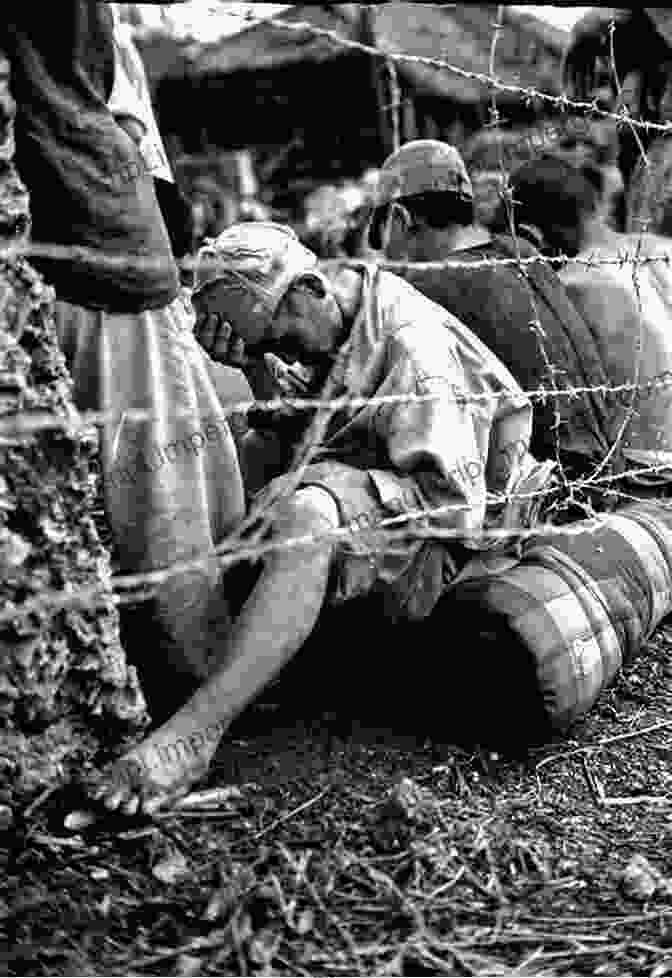
The Geneva Conventions had a profound impact on the way prisoners were treated during and after the war. They provided a legal framework for holding governments accountable for violations and helped to raise awareness of the importance of humanitarianism.
The Cold War: Espionage, Proxy Wars, and a New Era of Detainee Operations
The Cold War era brought with it a new dimension to prisoner and detainee operations. Espionage and proxy wars became common, leading to the capture and detention of individuals who were not traditional prisoners of war. These detainees often faced harsh and prolonged interrogations, raising concerns about their rights and treatment.
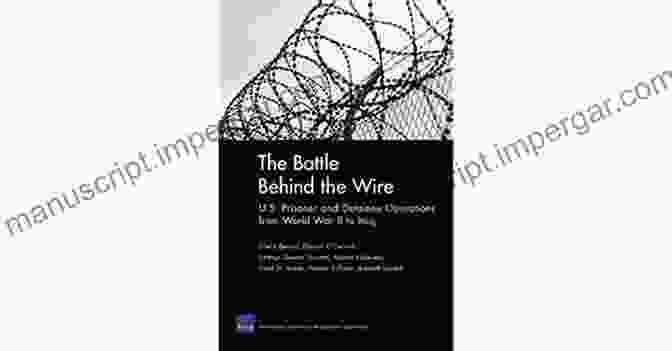
In response to these challenges, governments developed new protocols and procedures for handling detainees. The emphasis shifted from traditional prisoner-of-war treatment to more stringent measures aimed at obtaining intelligence and preventing future threats.
The War on Terror: The Rise of Extraordinary Rendition and Enhanced Interrogation Techniques
The September 11, 2001 terrorist attacks and the subsequent War on Terror ushered in a new era of prisoner and detainee operations. Governments adopted controversial practices such as extraordinary rendition, where suspected terrorists were transferred to third countries for interrogation and detention. Enhanced interrogation techniques, including waterboarding and sleep deprivation, were also employed in an effort to obtain information.
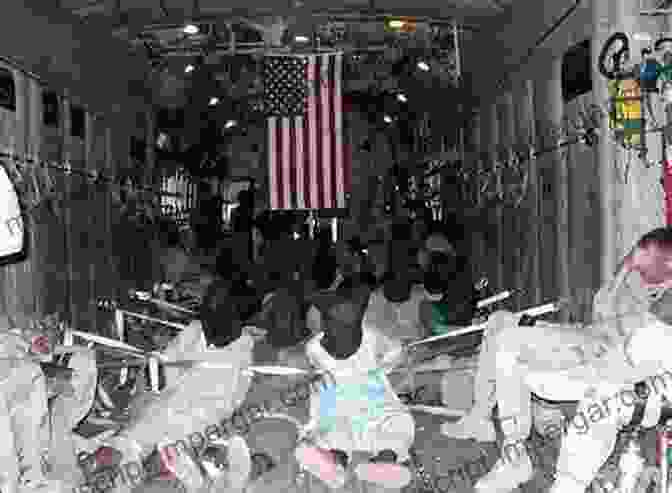
These practices sparked widespread debate and controversy. Critics argued that they violated international law and human rights standards, while supporters maintained that they were necessary to prevent future terrorist attacks. The legality and ethics of these practices remain a subject of ongoing debate.
The Iraq War: Detention Facilities and the Rule of Law
The invasion of Iraq in 2003 brought with it a complex and challenging detention environment. The United States established detention facilities such as Abu Ghraib, which became synonymous with allegations of torture and abuse. The treatment of detainees in these facilities sparked international outcry and forced a re-examination of interrogation and detention practices.
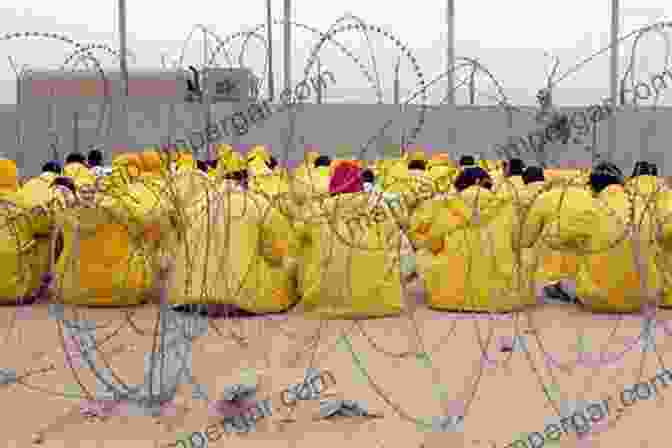
In response to these controversies, the United States developed new rules of engagement and guidelines for the treatment of detainees. The International Criminal Court also began investigations into alleged war crimes, sending a strong message that accountability would be pursued.
Contemporary Challenges: The Rise of Non-State Actors and Cyber Warfare
In recent years, the landscape of prisoner and detainee operations has continued to evolve with the emergence of non-state actors and cyber warfare. Terrorist organizations, for example, have their own detention and interrogation practices, raising concerns about the protection of human rights. Cyber warfare also presents new challenges, as governments grapple with how to handle detainees who are captured in the digital realm.

These developments demand innovative approaches to prisoner and detainee operations. Governments and international organizations are working to develop new legal frameworks and best practices that take into account the evolving nature of conflict in the 21st century.
The treatment of prisoners and detainees is a complex and ever-evolving issue that has been shaped by legal, political, and technological factors. From the Geneva Conventions of World War II to the challenges of the Iraq War and beyond, governments and international organizations have grappled with the balance between security and human rights. As conflict continues to evolve, it is crucial to remain vigilant in ensuring that the rights of prisoners and detainees are protected and that detention practices adhere to international humanitarian law.
Additional Resources
- International Committee of the Red Cross: Prisoners of War
- United Nations: Human Rights in Conflict
- Human Rights Watch: US Detentions
4 out of 5
| Language | : | English |
| File size | : | 750 KB |
| Text-to-Speech | : | Enabled |
| Screen Reader | : | Supported |
| Enhanced typesetting | : | Enabled |
| Word Wise | : | Enabled |
| Print length | : | 130 pages |
| Lending | : | Enabled |
Do you want to contribute by writing guest posts on this blog?
Please contact us and send us a resume of previous articles that you have written.
 Book
Book Novel
Novel Page
Page Chapter
Chapter Text
Text Story
Story Genre
Genre Reader
Reader Library
Library Paperback
Paperback E-book
E-book Magazine
Magazine Newspaper
Newspaper Paragraph
Paragraph Sentence
Sentence Bookmark
Bookmark Shelf
Shelf Glossary
Glossary Bibliography
Bibliography Foreword
Foreword Preface
Preface Synopsis
Synopsis Annotation
Annotation Footnote
Footnote Manuscript
Manuscript Scroll
Scroll Codex
Codex Tome
Tome Bestseller
Bestseller Classics
Classics Library card
Library card Narrative
Narrative Biography
Biography Autobiography
Autobiography Memoir
Memoir Reference
Reference Encyclopedia
Encyclopedia Christopher A Kearney
Christopher A Kearney Christoph Kelp
Christoph Kelp Christopher Breward
Christopher Breward Volume 29 Edition
Volume 29 Edition Christopher Dunphie
Christopher Dunphie Chris Vola
Chris Vola Christopher Jamison
Christopher Jamison Guillem Gilabert Oriol
Guillem Gilabert Oriol Ludovic Seifert
Ludovic Seifert Christopher Tierney
Christopher Tierney Manel Gutierrez
Manel Gutierrez Dia Abuzeina
Dia Abuzeina Chris Yandle
Chris Yandle Teas Exam Secrets Test Prep Team
Teas Exam Secrets Test Prep Team Charles Rollin
Charles Rollin Homi K Bhabha
Homi K Bhabha Giulia L Young
Giulia L Young Christine Jacobsen
Christine Jacobsen Christopher D Lynch
Christopher D Lynch Rachel Brooks
Rachel Brooks
Light bulbAdvertise smarter! Our strategic ad space ensures maximum exposure. Reserve your spot today!
 Curtis StewartFollow ·19k
Curtis StewartFollow ·19k Isaiah PowellFollow ·4.5k
Isaiah PowellFollow ·4.5k Emilio CoxFollow ·12.7k
Emilio CoxFollow ·12.7k Willie BlairFollow ·15.9k
Willie BlairFollow ·15.9k Milan KunderaFollow ·17.9k
Milan KunderaFollow ·17.9k Simon MitchellFollow ·13k
Simon MitchellFollow ·13k Arthur C. ClarkeFollow ·8.2k
Arthur C. ClarkeFollow ·8.2k Jeff FosterFollow ·9.1k
Jeff FosterFollow ·9.1k

 E.E. Cummings
E.E. CummingsOne Man's Story of What It Meant to be Pj
In the tapestry of life,...

 Caleb Long
Caleb LongPattern Theory in Video Keno: Unveiling the Art of...
Embark on an enlightening journey into the...
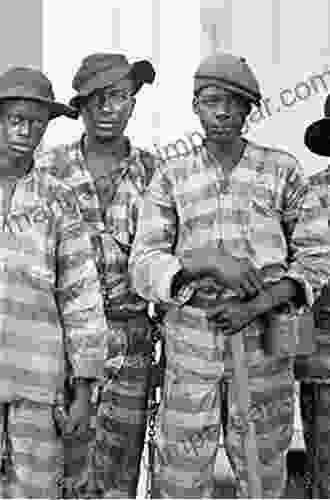
 Douglas Adams
Douglas AdamsUnveiling the Diplomatic Landscape: The Ottoman Empire,...
Delving into the History...

 Terry Bell
Terry BellThere Still Is No Off Season: Embracing Year-Round...
In a world consumed by routine and the allure...

 Ibrahim Blair
Ibrahim BlairBrain Teasers Games and Puzzles: Exercise Your Mind with...
Prepare to embark on a captivating journey...
4 out of 5
| Language | : | English |
| File size | : | 750 KB |
| Text-to-Speech | : | Enabled |
| Screen Reader | : | Supported |
| Enhanced typesetting | : | Enabled |
| Word Wise | : | Enabled |
| Print length | : | 130 pages |
| Lending | : | Enabled |














